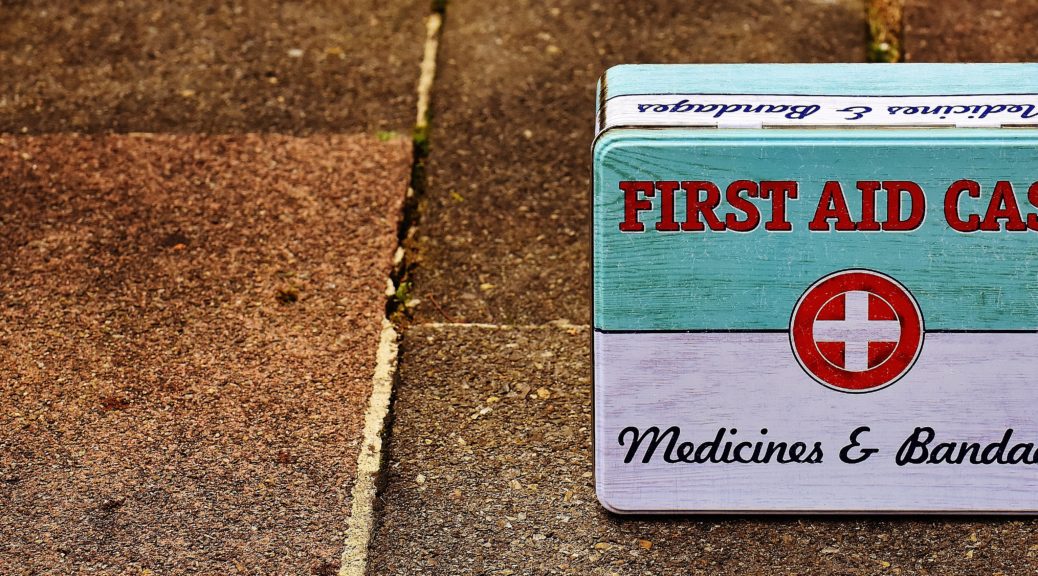
Mental Health Moment (MHM) #3: Creating a Safety Plan
Some of us are more fragile than others; or at least, we feel that way. Others even treat us that way sometimes.
For a long time, I was unable to identify my triggers for depression or wanting to drink or use. And then, someone along my journey suggested I make a “Safety Plan”.
What is a Safety Plan?
It’s whatever you need it to be. It’s a way to feel like you’re being proactive. It’s a way to give yourself some accountability. A way to feel safe and maybe even a little confident, even when your brain is out to get you.
WHAT TO INCLUDE IN YOUR SAFETY PLAN
Everyone’s support system looks different. Some of us are plugged into a lot of resources, some of us are just getting started.
I’ve had a Safety Plan for many years now. The most recent iteration is taped up on the wall in our bedroom. That way, I see it every day, and CeAnne knows where to find it if she thinks I might be headed for a downward spiral.
There are so many things you could include in your Safety Plan. Here are the categories I have on mine:
- Warning Signs: Thoughts, Feelings, interruptions to Daily Routine, Physical Symptoms, Miscellaneous.
- Things I Can Do To Feel Better: Such as going to a movie, playing tennis, doing yoga, writing, going for a walk, etc.
- Things I Need To Do To Avoid a Crisis (Wellness Plan): Things like getting enough sleep, exercising, not isolating (that’s a biggie), going to my appointments, taking my meds even if I’m feeling good, etc.
- Triggers: Like ruminating, feeling rushed, and being embarrassed.
- Who I Can Call: A list of my biggest supporters and their contact information, including my wife’s cell, my therapist, my doctor, my shrink, a close friend or two, and my case manager.
- The phone numbers of two local crisis lines – one nonprofit, one through the county I live in.
If I knew how to add a screenshot to my posts, I would do that. But since I don’t, you’ll just have to imagine what it might look like.
HOW MY SAFETY PLAN HELPS ME
I walk by my Safety Plan every day, multiple times, but I don’t always stop to look at it. I think that would be a good idea, though.
It helps me to have a plan of healthy things to do as well as things to watch out for; it makes me think about my day and how everything is going. It also helps that I keep it where both CeAnne and I can see it, so she can give me suggestions of what to do when I’m feeling down.
Of course, you can design your Safety Plan any way you’d like. You can draw it, make a mind map out of it, make a collage, or be all fancy about it. I tend to like simple, clean things, so mine is just organized on two pieces of paper. I wanted to keep it simple so I could find what I’m looking for ASAP.
When you live with a mental illness, it doesn’t always feel like you have much control over what happens in your life. Keeping my Safety Plan up-to-date and plastered on the wall is my way of being proactive and reminding myself that there are things I can do if I start to falter.
In fact, not only is there a way out, there are also things I can do to try and avert a crisis completely. I can’t always remember that when I’m in the thick of things, so any reminders are helpful. Especially when they’re staring you in the face.
HOMEWORK!
Safety Plans aren’t only for those of us living with mental illness. Anybody can make one! This is about maintaining good mental health even if you don’t have a mental illness. So, try this: Sit down and make a “Self-Care Plan” for yourself. You can call it whatever you want. You can use some or all of the categories I include on mine, or you can simply make a list of supportive people in your life.
You could make a list of affirmations, quotes, free things to do when you’re bored, or positive or funny thoughts that make you smile. Or you could scrapbook photos of cute, fuzzy baby animals to look at. You can make it whatever you want, as long as it’s useful to you.
The point is to be proactive. You are an expert on you, so use some of that knowledge and insight for the sake of positive mental health.
When you’re done with it, keep a copy on your computer or phone so you can update it when needed. Tape it to your wall or keep it in a safe place where only you can find it. Whatever works.
YOU are important. Your mental health is important. Your happiness is important. Do what you can to keep it.
Thanks for reading, and Keep it Real. 🙂